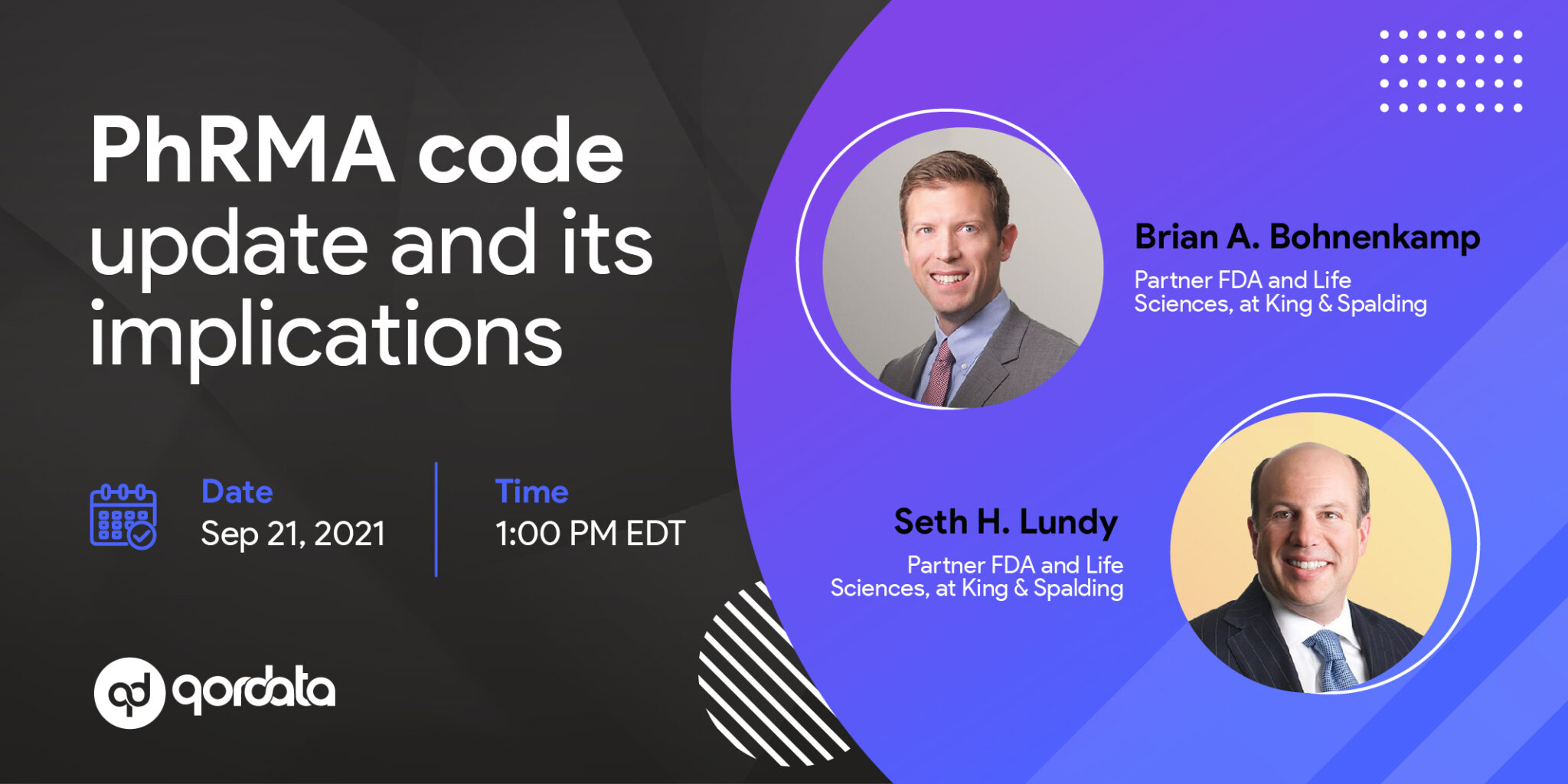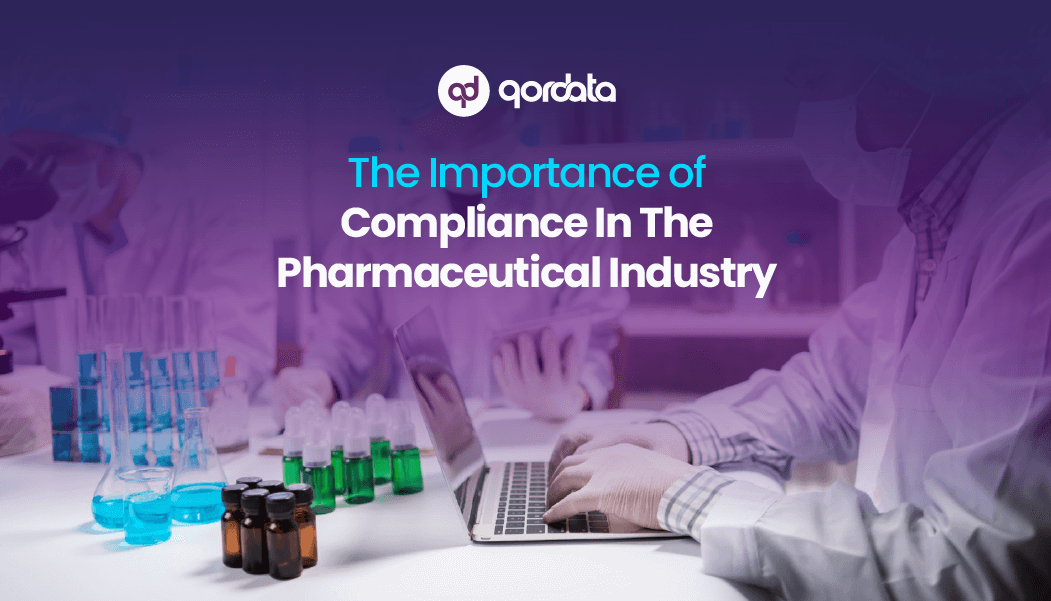Table of Contents
ToggleMonitoring compliance has become an imperative for life sciences companies. Considering that total penalties from compliance-related violations have crossed over US $50 billion since 2000, it is critical for compliance officers and life sciences organizations to plan, strategize, and implement robust compliance monitoring to detect risks before the regulatory authorities such as the U.S Department of Justice (DOJ) or the Office of Inspector General (OIG) do.
This strategic initiative goes beyond adherence to applicable rules and regulations, identifying and preventing compliance risks – it demonstrates adherence to compliance, augments the capabilities of the compliance program, and increases compliance effectiveness.
In 2024, amidst the complex regulatory demands, having a strategic compliance monitoring plan has become a necessity for compliance leaders and life sciences companies.
Where traditional monitoring has been lagging against heightened compliance requirements, data-driven monitoring has excelled in efficiency, accuracy, and enhanced predictive capabilities, aligning seamlessly with 2024’s forward-thinking ethos.
Let’s see how compliance leaders can formulate a strategic compliance monitoring plan to ensure risk identification, remediation, and proactive compliance within their organization.
Current Challenges in Commercial Compliance Monitoring
The ever-evolving regulatory environment demands an acute ability to manage complexity and change. With regulatory agencies overseeing various aspects such as ethical interaction with HCPs (HCP Engagements) or marketing of drugs and devices, monitoring all key risk areas to ensure that risks are being identified and mitigated before they escalate to critical levels is crucial.
Additionally, global operations further amplify the complexity of compliance, requiring compliance leaders to navigate diverse regulatory requirements worldwide. This is a highly resource-intensive and challenging task given that regulatory demands differ around the world and adherence to applicable standards is important.
On top of meeting global compliance requirements, the industry’s rapid technological advancements create an additional layer of complexity, demanding continuous monitoring and adaptation to emerging technologies.
To tackle such challenges, compliance leaders must instill an understanding of compliance importance, conduct effective training, and foster open communication channels for issue reporting.
This eventually leads to building a culture of compliance where every employee or stakeholder is fully aware of what’s at risk within an organization and how policy violations or issues of non-compliance should be reported early on to reduce the probability of regulatory sanctions.
Furthermore, demonstrating compliance and managing enforcement actions necessitate meticulous documentation, thorough audit preparation, and adept response strategies in the face of regulatory inquiries.
Other challenges related to compliance monitoring in the life sciences industry include the following:
- Compliance teams often face limited resources and rely on manual processes for monitoring, which can be inefficient and prone to errors.
- Traditional monitoring methods often focus on reactive responses to detected issues rather than proactive risk identification and mitigation.
- Effective compliance monitoring requires clear communication and collaboration across various departments within the organization.
- Lack of awareness and engagement from different stakeholders can hinder the effectiveness of the compliance program.
- Life sciences companies often rely on third-party vendors for various services, such as HCP Engagement, creating additional compliance risks.
- Monitoring and ensuring compliance with third-party activities requires robust processes and effective oversight.
After understanding the totality of challenges involved in monitoring compliance, let’s see how compliance leaders can strategize compliance monitoring to ensure effective risk identification and remediation.
Key Components of Strategic Compliance Monitoring
Unlocking the intricacies of strategic compliance monitoring involves a meticulous exploration of key components tailored for the dynamic landscape of life sciences compliance.
From proactive risk assessment through data-driven methodologies to integrating technology such as AI into the compliance program and fostering cross-functional collaboration for quick identification of issues of non-compliance, this series delves into the core strategies of planning effective compliance monitoring.
Through data analytics, predictive insights, continuous training programs, and regulatory intelligence, shaping a comprehensive understanding of the essential elements driving strategic compliance in the ever-evolving life sciences industry.
1. Proactive Risk Assessment
Leveraging data-driven approaches in life sciences compliance empowers proactive risk identification, safeguarding patient safety, and upholding reputation. Analyzing vast datasets allows timely anomaly detection, averting potential non-compliance.
Enhanced risk assessment, predictive monitoring, and real-time visibility elevate compliance effectiveness, streamlining reporting and supporting evidence-based decision-making.
Additionally, real-time monitoring tools in commercial compliance offer continuous visibility, enabling prompt issue resolution, targeted risk mitigation, and informed decision-making.
By proactively identifying issues, ensuring continuous compliance, and streamlining audit preparation, these tools contribute to cost reduction and foster a strengthened compliance culture within the organization.
2. Technology Integration
Life science companies in the US are embracing advanced technologies to elevate their monitoring and reporting standards.
Leveraging technologies such as artificial intelligence (AI), machine learning (ML) for predictive analysis, and proactive risk identification combined with data visualization tools to understand where and how risks manifest is crucial to ensuring compliance in today’s dynamic regulatory landscape.
By deploying AI-driven solutions, companies can proactively identify compliance risks, automate reporting processes, and gain deeper operational insights.
These advancements not only foster efficiency and cost reduction but also contribute to increased transparency, accountability, and accelerated development of new drugs and treatments.
3. Cross-functional Collaboration
Technological advancements, such as leveraging AI, real-time monitoring tools, and integrated platforms, play a pivotal role in strengthening collaboration between compliance, legal, and other departments.
These innovations facilitate seamless communication channels, ensuring swift issue resolution and adherence to compliance protocols. The use of advanced technology provides a unified platform for data-driven decision-making, enabling cross-functional teams to work cohesively.
This interconnected approach fosters a culture of shared responsibility and efficient coordination, allowing compliance professionals to navigate the intricate compliance landscape collaboratively, respond promptly to emerging risks, and collectively uphold regulatory standards in the dynamic life sciences industry.
4. Data Analytics for Compliance Optimization
Life science companies in the US can utilize predictive analytics to proactively identify and address compliance risks.
By analyzing vast datasets, including clinical trial data and sales information, predictive models can anticipate potential issues, allowing for timely interventions. This approach prioritizes high-risk areas, streamlines compliance efforts, and ensures ongoing adherence to regulatory standards.
Additionally, big data analytics enhances compliance analysis by providing comprehensive insights, enabling continuous improvement, real-time monitoring, and evidence-based decision-making.
These technologies collectively empower life science companies to reduce the risk of breaches, improve program effectiveness, make informed decisions, cut costs, and enhance their overall reputation.
5. Compliance Training and Education
In 2024, life sciences companies in the US can elevate their compliance teams through continuous training initiatives. These programs ensure teams remain abreast of evolving regulatory landscapes, fostering enhanced expertise, risk assessment, and mitigation skills. The emphasis on a compliance culture, effective communication, and collaboration strengthens the organization.
Continuous training adapts teams to the changing regulatory environment, streamlines processes, reduces errors, and ultimately contributes to improved adherence to applicable rules and regulations. The commitment further enhances the company’s reputation, attracts investors, and instils confidence in stakeholders, reinforcing a culture of ethical conduct and regulatory adherence.
6. Regulatory Intelligence
After establishing the importance of staying ahead of regulatory shifts in the life sciences industry, let’s discuss the role of regulatory intelligence and how it helps compliance leaders streamline and augment the effectiveness of compliance.
For regulatory intelligence, compliance teams must continuously assess regulatory changes, engage with regulatory agencies, join industry forums, attend conferences, and collaborate with industry SMEs to improve their understanding of compliance and risk mitigation.
Next comes the utilization of data-driven compliance monitoring solutions, assigning monitoring roles, and fostering continuous learning aids for proactive adaptation. Internal updates, knowledge bases, and external expertise fortify the team. To align compliance strategies, establish proactive monitoring, conduct impact assessments, and engage in regulatory consultations.
Collaborate internally, leverage technology, and instil a culture of improvement. Seek external expertise and communicate changes effectively for agile, compliant responses.
Conclusion
Strategic compliance monitoring has become an essential component of success in the life sciences industry. For compliance leaders, monitoring compliance and augmenting monitoring capabilities is essential to ensuring effective adherence to all applicable rules and regulations.
By adopting a data-driven approach, leveraging technology, fostering cross-functional collaboration, and implementing comprehensive training programs, life sciences companies can ensure adherence to evolving regulatory standards, proactively identify and mitigate risks, and protect their reputation.
The key takeaways from this blog include:
- Proactive risk assessment: Utilize data analytics and AI-powered tools to identify potential compliance issues before they escalate.
- Technology integration: Leverage AI, machine learning, and real-time monitoring platforms to streamline processes and improve collaboration.
- Cross-functional collaboration: Foster communication and shared responsibility between compliance, legal, and other departments.
- Data analytics for compliance optimization: Utilize big data analytics for continuous improvement, real-time monitoring, and evidence-based decision-making.
- Compliance training and education: Equip compliance teams with the knowledge and skills necessary to navigate the evolving regulatory landscape.
- Regulatory intelligence: Stay ahead of regulatory shifts by continuously assessing changes, engaging with regulatory agencies, and collaborating with industry experts.
By implementing these strategies, life sciences companies can achieve their compliance goals while simultaneously fostering a culture of ethical conduct. This ultimately leads to improved product development, increased stakeholder trust, and a stronger competitive advantage in the dynamic life sciences industry.



